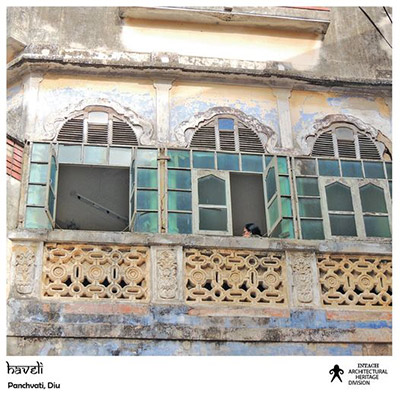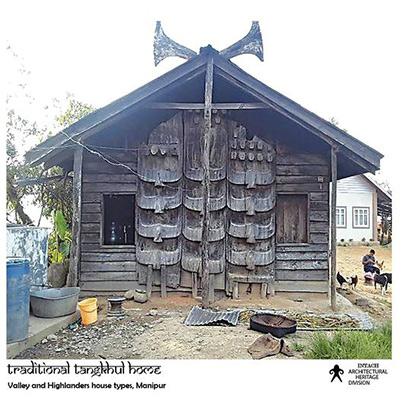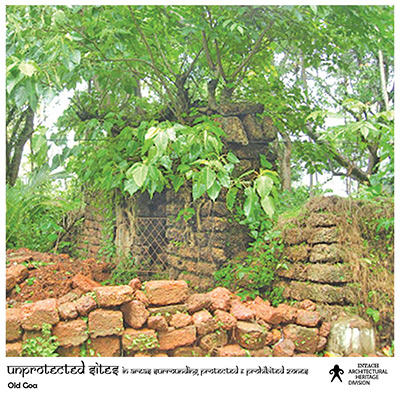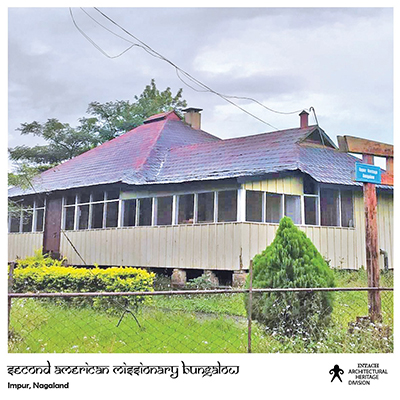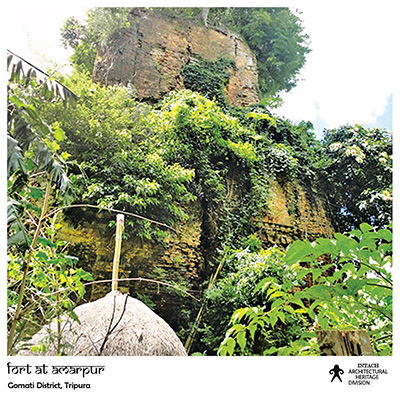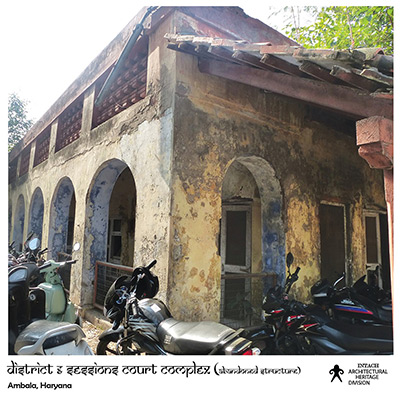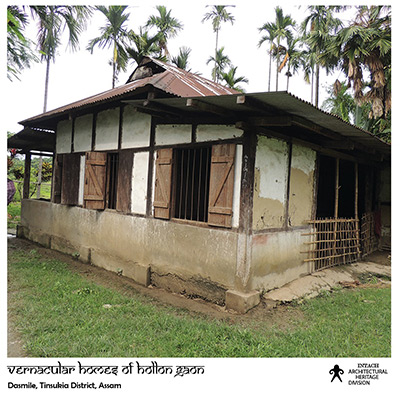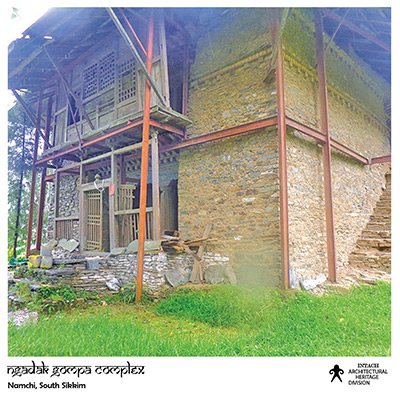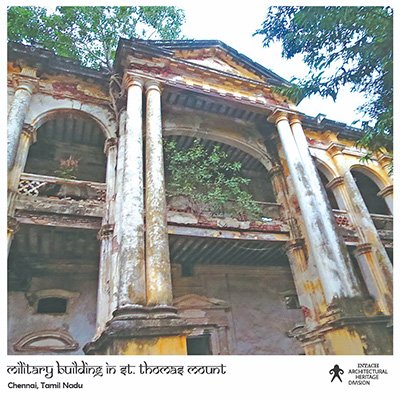H@R 32/365 Komakhan Palace Suvarmar Mahasamund, Chhattisgarh
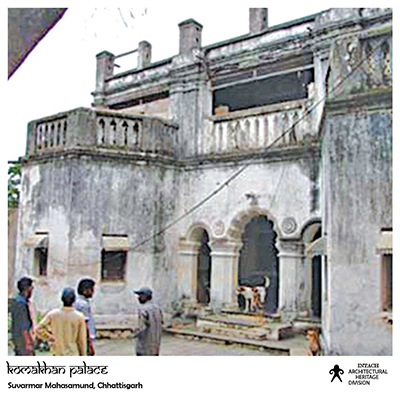
H@R 32/365
Komakhan Palace Suvarmar Mahasamund, Chhattisgarh
Built 300 years ago by the local King Raja Giriraj Singh, it is a fort of prime importance amongst the 36 forts of Chhattisgarh, having been led by one of the powerful clans of Chhattisgarh. The palaces of prime zamindaris have been neglected and they present a serious case of built heritage in distress. Komakhan Palace is in an extremely dilapidated state. The major part of the precinct is abandoned; only few rooms are used as residence. Vegetation growth and biodegradation has accelerated the deterioration process rapidly. Major parts of the palace are in a state of disappearance.



